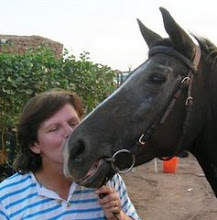
A number of children mostly with a Neurological developmental condition face the challenge of living within their own space, while the world outside doesn’t seem prepared to adjust according to their needs. Hence the challenge to help them face their environments only manages to add an atom of progressive development in their lives. Out of the many, one of most common and fast growing disability condition is Cerebral Palsy. This neurological condition is one of the most causative disabilities in the 21st century. Even more active in growing numbers in Africa and other under developed countries, due to poverty and illiteracy. Its has been estimated that 3 children out of 1000 present with this condition in the world, while in Africa the prevalence is higher with 5 children every 1000. With regard to Sudan, there are no official statistics yet. However, at Khartoum Cheshire Home (KCH) - which is one of the few organisations that caters for the needs of children with this condition – only in the last year the number of children registered with Cerebral Palsy has increased by 62%. This disability occurs due to poor prenatal, natal and post-natal care in pregnant mothers and infants. Cerebral Palsy is non-treatable, so once a child has contracted it teaching parents and children the management of the condition is the focus of attention.
Since the end of 2004, Miracles-Sudan has been providing its hippo therapy program completely free of charge in consideration of the poor socio-economic family background of most of these challenged children.
Since the end of 2004, Miracles-Sudan has been providing its hippo therapy program completely free of charge in consideration of the poor socio-economic family background of most of these challenged children.
This year the hippo therapy sessions for KCH has no sponsor, so we are looking for kind donations from individuals in order to sustain this program.
The weekly cost of KCH two sessions, providing 40 (somtimes more) children with this much needed therapy is 400SGD. A small price to pay.




